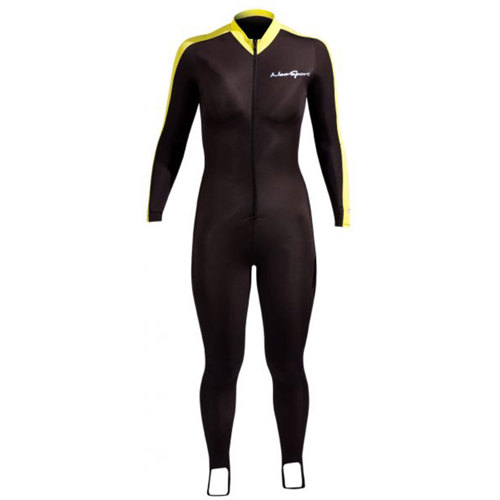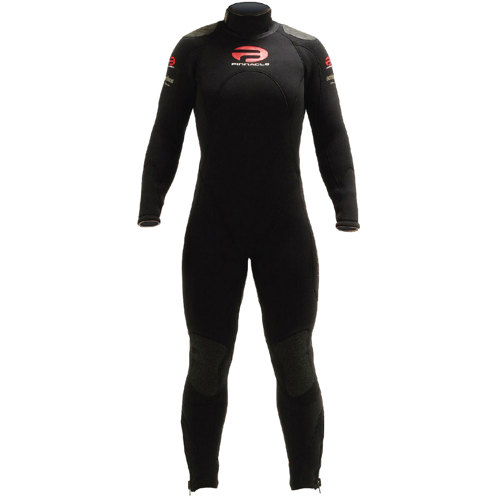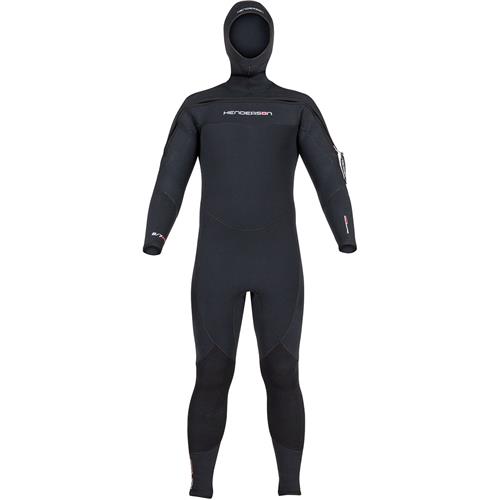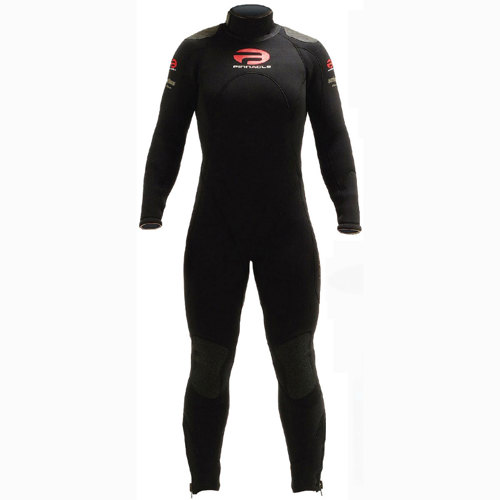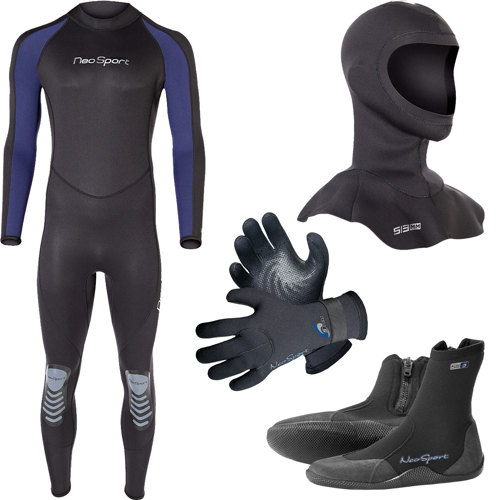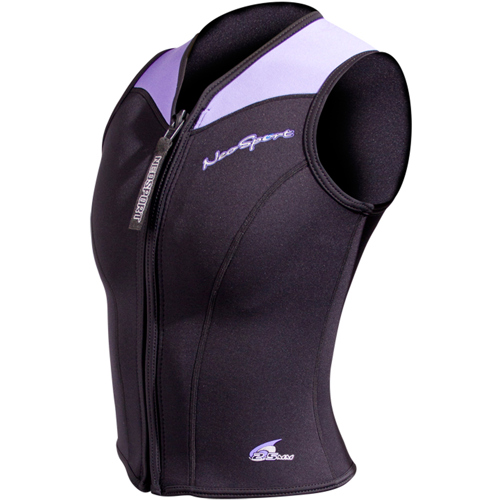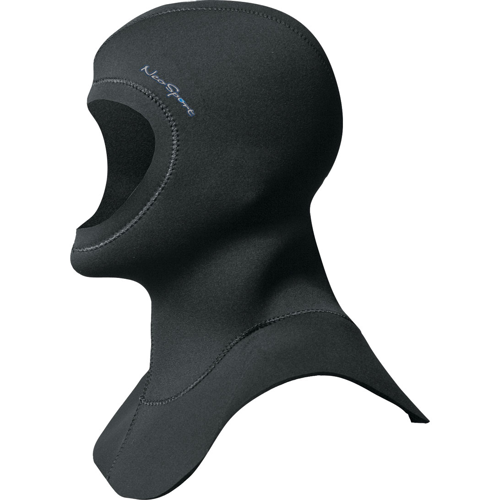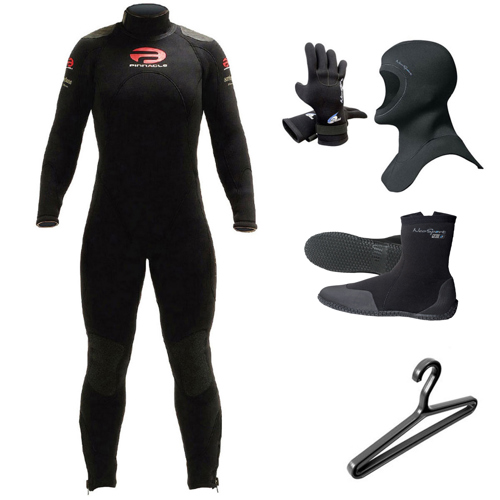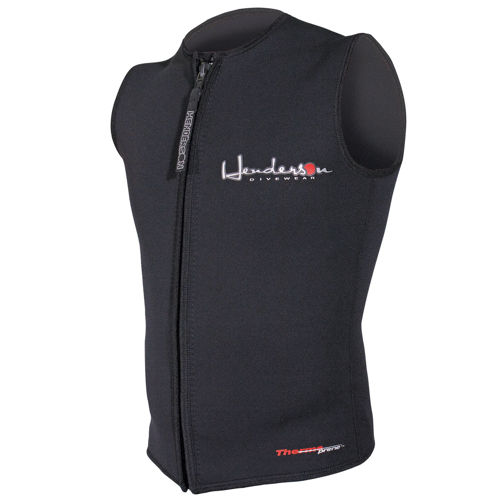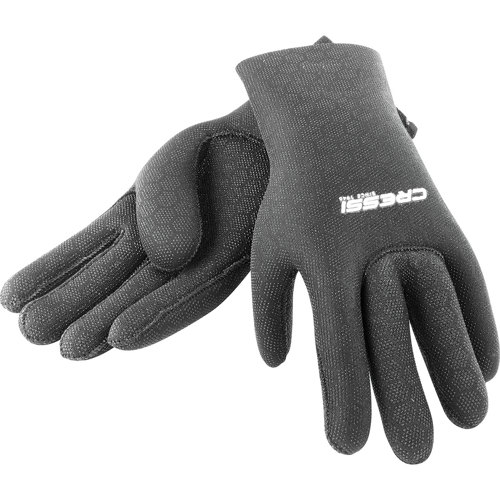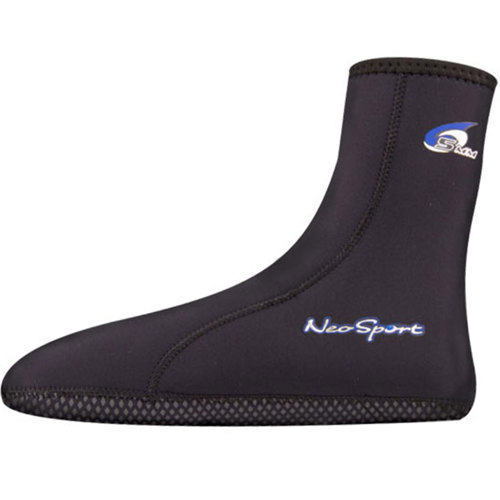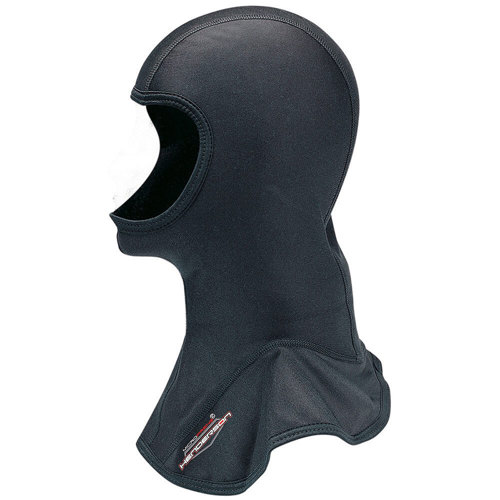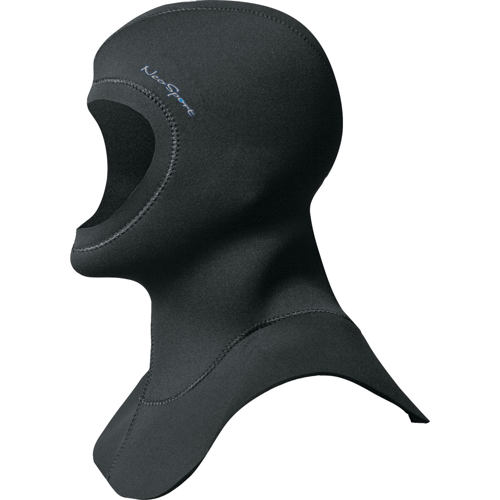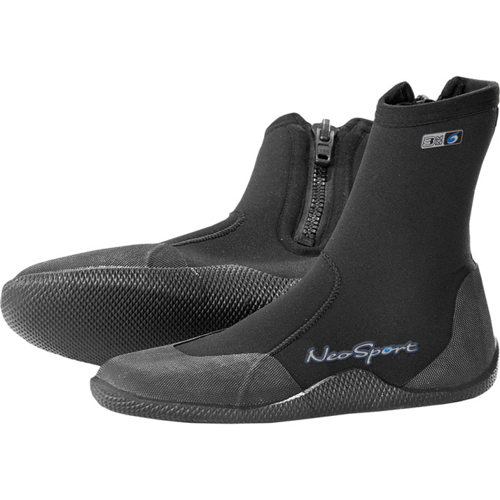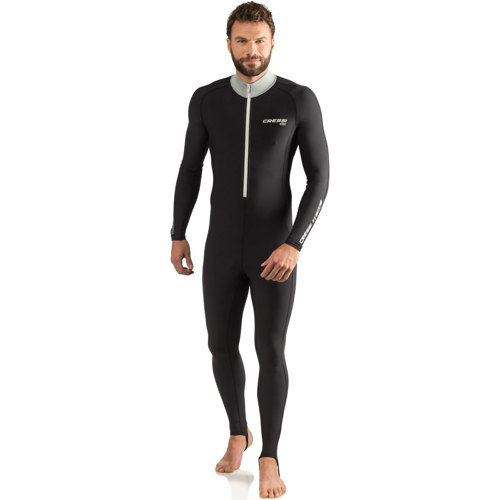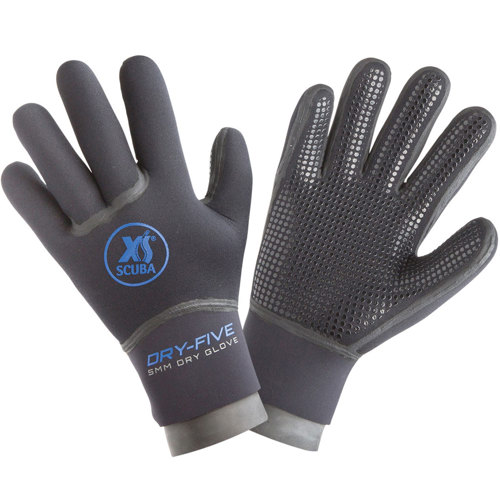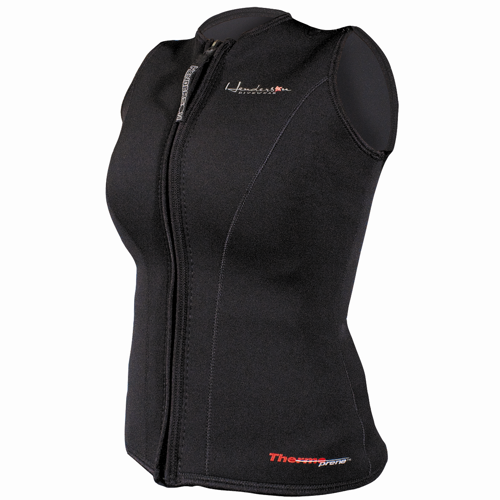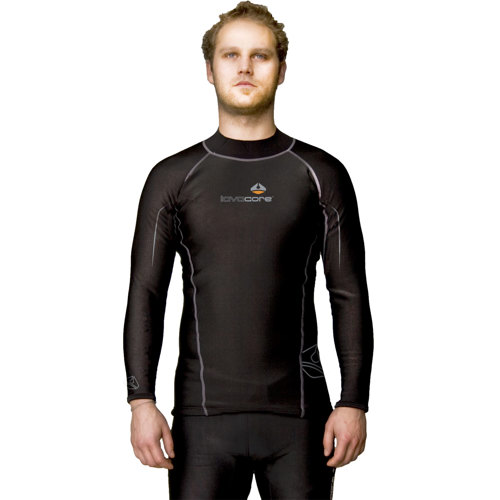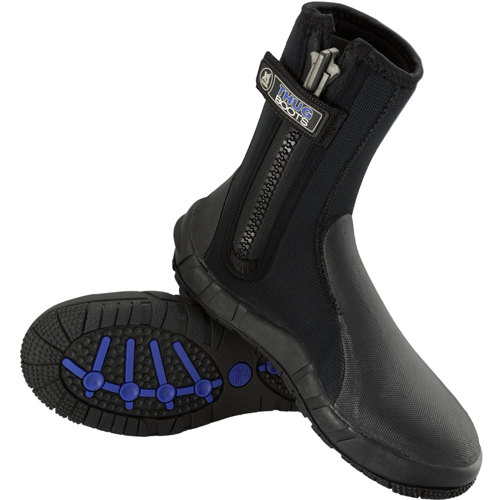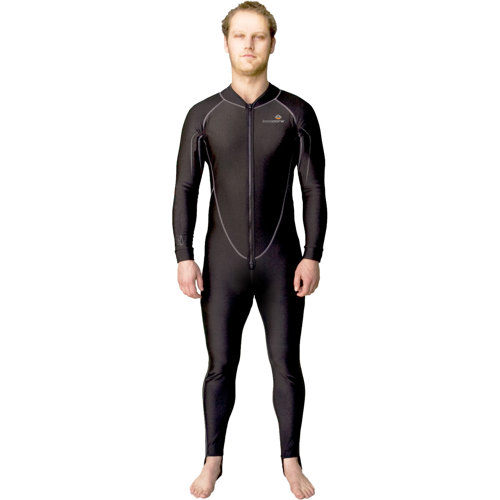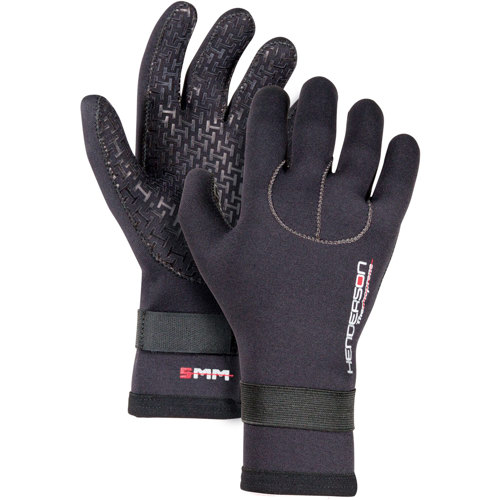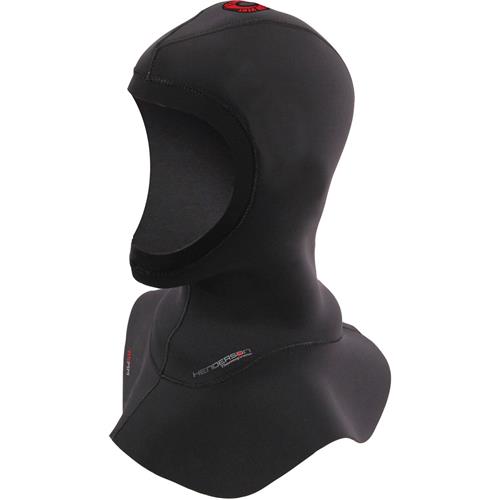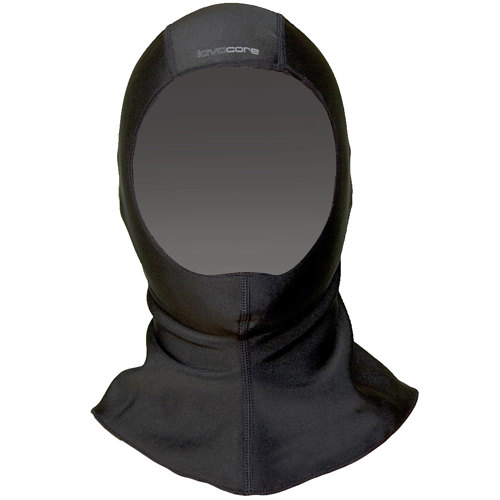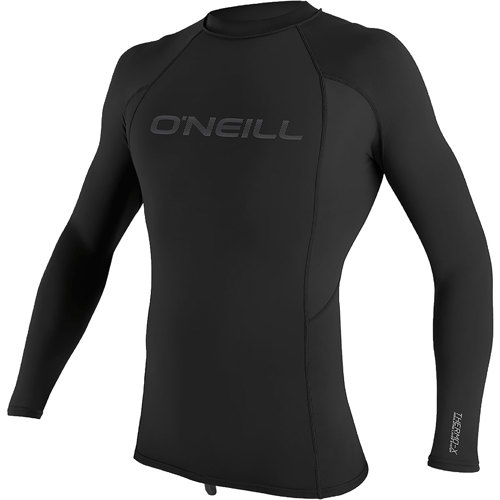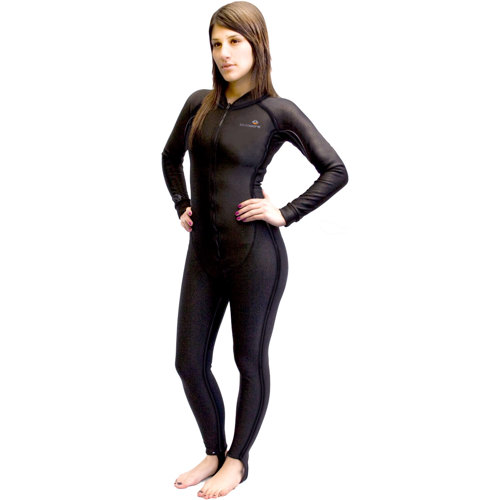When it comes to diving, snorkeling, or any aquatic adventure in colder waters, layering is the key to staying warm, comfortable, and safe. As the seasons shift into late autumn and winter, water temperatures drop well below what most people consider comfortable, making the right layering system essential for anyone venturing beneath the surface. The process begins with a moisture-wicking base layer, crafted from synthetic or wool materials designed to keep your skin dry by pulling moisture away. This is a crucial step, as dampness against the skin can quickly lead to a dangerous chill, even under a thick wetsuit or drysuit. Unlike cotton, which retains moisture and loses insulation value, technical fabrics maintain warmth and comfort, even when activity levels fluctuate or when you’re transitioning from the water to the surface. Many experienced divers and snorkelers can recall the difference a good base layer makes—whether it’s the snug warmth after a cold-water shore entry or the relief of not feeling clammy during a surface interval.
Building on that foundation, the insulating mid-layer is where most of your warmth comes from. For water sports, neoprene is a popular choice because of its unique ability to trap a thin layer of water against the body, which your natural heat then warms—essentially turning your suit into a personal radiator. The thickness and style of this layer can be tailored to your activity: thinner neoprene offers greater flexibility for swimming or active snorkeling, while thicker suits or layered pieces provide extra protection for long, deep dives or extended periods in open water. Some prefer fleece-lined garments or even thermal rash guards for added comfort. It’s also important to remember that the fit of these layers matters—a snug fit minimizes cold water entry and maximizes insulation, a lesson often learned after a shivery first dive of the season. The outer layer, whether it’s a robust wetsuit, a semi-dry, or a full drysuit, serves as your shield against wind, rain, and the numbing bite of cold water. In especially frigid conditions, a drysuit paired with thermal undergarments becomes indispensable, allowing divers to explore icy lakes or northern coastlines with confidence.
Accessories are the finishing touch that can make or break a cold-water outing. Heat loss is most pronounced through the head, hands, and feet, so investing in quality hoods, gloves, and booties is just as important as choosing the right suit. Neoprene beanies or skull caps help prevent headaches and earaches caused by rapid heat loss, while gloves and booties keep your extremities nimble and protected from numbness or cramping. These items also make thoughtful gifts for anyone who loves water sports, especially as the holidays approach and many are planning winter getaways or preparing for the next season of diving. Whether you’re shopping for a seasoned diver, a beginner eager to extend their season, or someone who enjoys open-water swims year-round, layering gear is a practical and appreciated addition to any kit. For those interested in layering specifically for swimming, check out our dedicated guide at
Layering For Swimming for more tailored advice. No matter your experience level or destination, investing in proper cold-water layering ensures that every adventure is warm, safe, and memorable, letting you focus on the beauty and thrill of the underwater world instead of the temperature.

